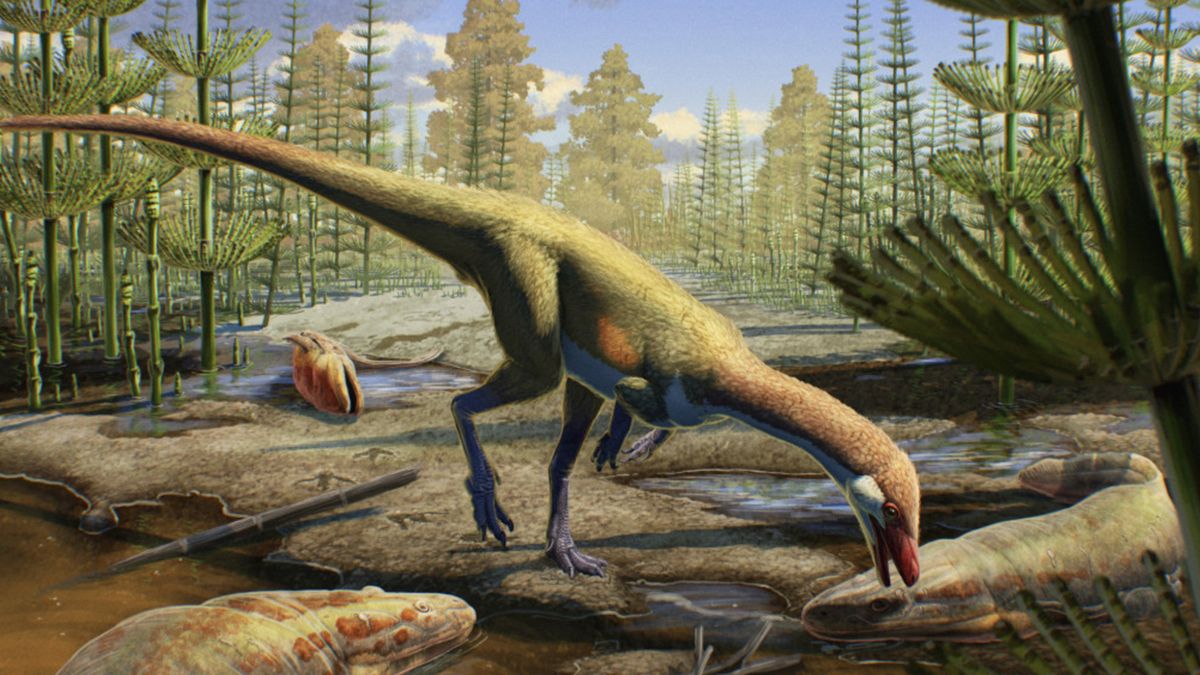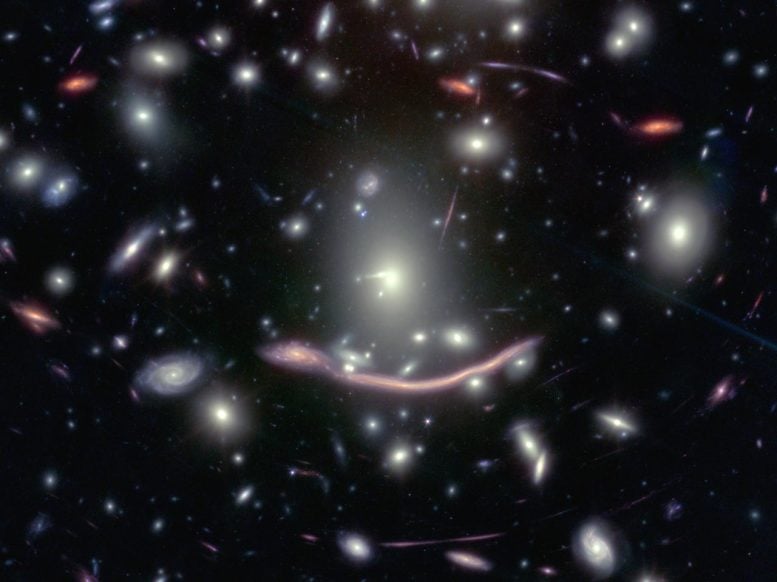
Saturn and its rings, as imaged by the Cassini spacecraft in 2016
NASA/JPL-Caltech/Space Science Institute
The rings of Saturn could be much older than previously thought and may have formed around the same time as the planet, according to a modelling study. But not all astronomers are convinced, and a researcher who was part of a team that calculated Saturn’s rings to be relatively young argues that the new work doesn’t change their findings.
For most of the 20th century, scientists assumed that Saturn’s rings formed along with the planet, some 4.5 billion years ago. But when NASA’s Cassini spacecraft visited Saturn in 2004, it found that the rings appeared remarkably free of contamination from small space rocks, known as cosmic dust. This pristine appearance indicated they were far younger, with an estimate in 2023 placing them at between 100 and 400 million years old.
Now, Ryuki Hyodo at the Institute of Space and Astronautical Science in Japan and his colleagues have calculated that Saturn’s rings should be far more resistant to cosmic dust pollution than previously thought, so could maintain a clean appearance for a long time. Hyodo and his team haven’t calculated a new age for the rings, but suggest that they could be as old as the planet, as astronomers used to believe.
Hyodo and his colleagues first simulated how high-speed cosmic dust, accelerated by Saturn’s gravity, would smash into the rings. They found that the collision would create such extreme temperatures that the impacting dust should be vaporised. This vapour, after spreading out in a cloud, would then condense into charged nanoparticles, similar to particles that Cassini has observed.
The researchers then modelled how these particles would move through Saturn’s magnetic field, and found that only a small proportion would settle onto the rings, with most being pulled into Saturn’s atmosphere or shot back into space. “The efficiency of accretion by Saturn’s rings is only a few per cent, which is much, much smaller than previously assumed,” says Hyodo. This could extend previous estimates of the ring age by hundreds of millions to billions of years, he says.
Sascha Kempf at the University of Colorado Boulder, a member of the team that calculated the earlier, much younger estimate for the age of Saturn’s rings, says that he and his colleagues used a more complex method than just the ring pollution efficiency, considering how long it takes for material to arrive at the rings and disappear. The value calculated by Hyodo and his colleagues shouldn’t change the overall findings for the age, says Kempf. “We are pretty certain that this is not really telling us that we have to go back to the drawing board.”
But Hyodo argues that the lower pollution efficiency should dramatically change the age. “They assumed 10 per cent efficiency, we reported 1 per cent. You see from the equation that it becomes 1000 million years, or a billion years.”
Kempf also says that the new simulations assume that Saturn’s rings are made of solid ice particles, whereas the rings are actually made of softer particles of many more sizes than are modelled in the study. “If you shoot particles in these rather complex, softer structures, the outcome of such collisions will be very different,” he says.
Hyodo argues that this assumption is standard for many similar studies. “Nobody knows what the effect of different ice is,” says Hyodo. “It could further reduce the efficiency or maybe not.”
Lotfi Ben-Jaffel at the Paris Institute of Astrophysics in France, who wasn’t involved in either age-estimation effort, says the new work suggests that the rings aren’t as young as has been claimed in recent years. “It represents a positive step toward the missing modelling effort required to properly handle the fundamental problem of the formation and evolution of a planetary ring system,” he says.
However, Hyodo and his team still need to improve their modelling to better estimate the rings’ pollution so that they can work out their age more precisely, he says.
Topics:








Leave a Comment